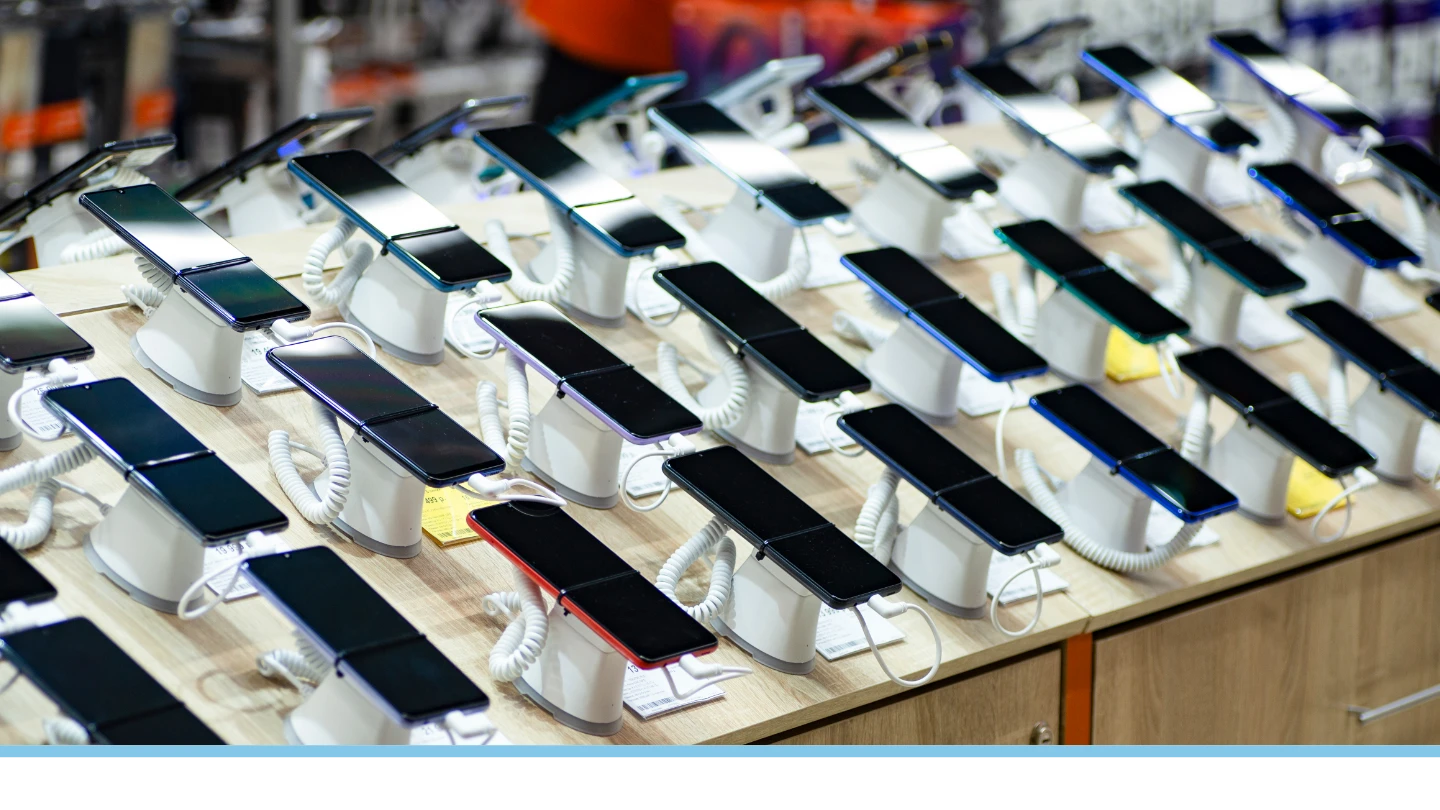Introduction
The second-hand smartphone market has been growing for several years, with market estimates between 110 million and 300+ million according to CCS Insights and IDC. The huge disparity is due to the combination of organised (retail and trade sales) and private one to one transactions, which are difficult to measure. What is clear is that it is a significant market.
Is it a Growing Market?
According to CCS Insights and IDC, the market has been growing and will continue to do so. Although there has been a recent quarterly dip, IDC predicts by 2027 the market will be worth over 400 million devices. At TMT First we are seeing growth in the demand for second-hand smartphones and for repairs of phones, which also indicates market growth.
Why is the Market Growing?
There are a number of reasons why the second-hand smartphone market continues to grow, these include:
- Cost of New Phones – this has been steadily rising over the years to a point where many people can neither afford nor justify a new smartphone. As a result, consumer demand is driving market growth for second-hand, cheaper phones. Also, new adopters who purchase high value phones want to maximise the value in their device when they upgrade to the next model.
- Lack of Innovation – 20 years ago new phone technology was advancing at a rapid rate. Camera’s, GPS, slide, flip, touchscreen, NFC, waterproofing were not available universally across new smartphones. As a result it was important to upgrade to a new phone for new features. This meant the second-hand smartphone market wasn’t particularly strong, old phones meant old technology. Nowadays phone technology advancements are more incremental, meaning old phones are not so old fashioned!
- Manufacturer/Platform Support – Samsung, Apple and Google all support their new smartphones with years of updates, from firmware to security and the OS. This results in older phones still having up to date software.
- Environmental Concerns – consumers are increasingly aware of their carbon footprint and fully understand a new device creates more carbon than purchasing or repairing a second-hand smartphone. This is fuelling longevity in the market. At TMT First our mission is ‘keeping technology alive for longer’ and we take multiple environmental actions to make this happen. Check out our web page.
How does the Market Operate?
The second-hand smartphone market is complex. There can be many touchpoints in the supply chain. It starts with a customer trade in, this could be through a marketplace, retailer, manufacturer or specialist. The device may simply then be resold. However, if it needs to be refurbished, repaired or device wiped another specialist organisation may be required.
Within the market there are businesses that focus on bulk buying and selling, commonly known as ‘traders’. Retailers such as Cash Converters who are consumer focused, online retailers and repair and refurbishers.
Organisations such as TMT First offer all the services required in the circular economy of the second-hand smartphone market including buying and selling, repair and refurbishment, secure data wiping and facilitating retailer buyback programmes.
Conclusion
The state of the second-hand smartphone market is very healthy and growing year on year. Even if the price of new phones decreases to be affordable for everyone, consumers in the third world will soak up the second hand stock.
TMT First is at the heart of the secondary tech market, facilitating purchasing, sales and repairs, processing over 250,000 devices per annum and ‘keeping technology alive for longer’.
